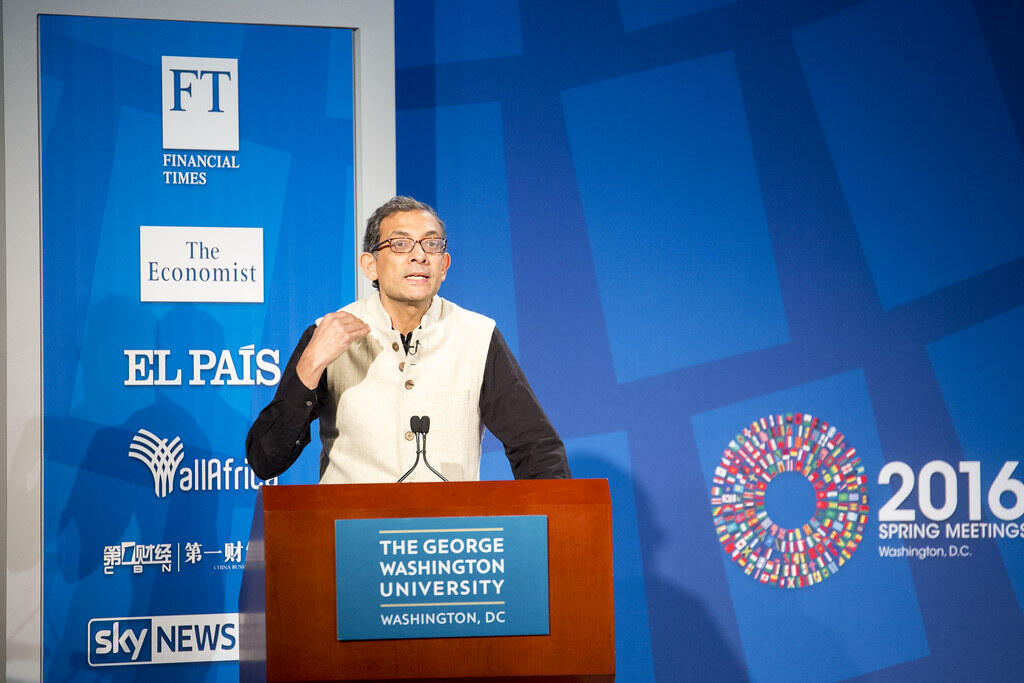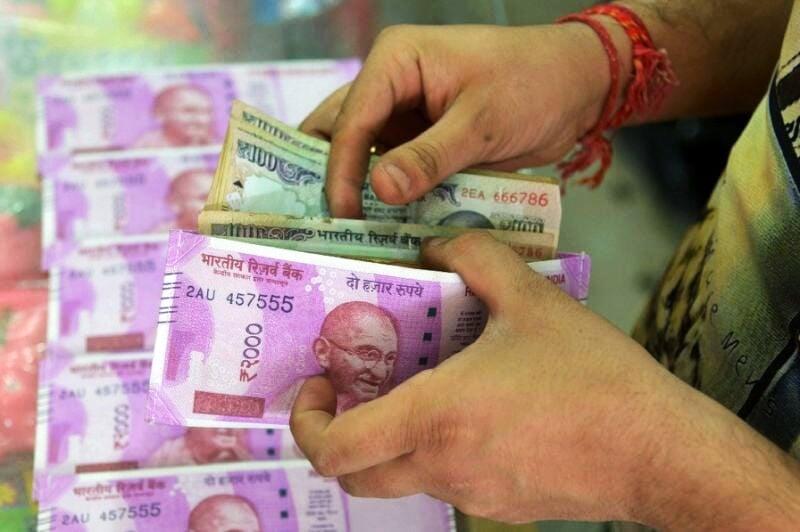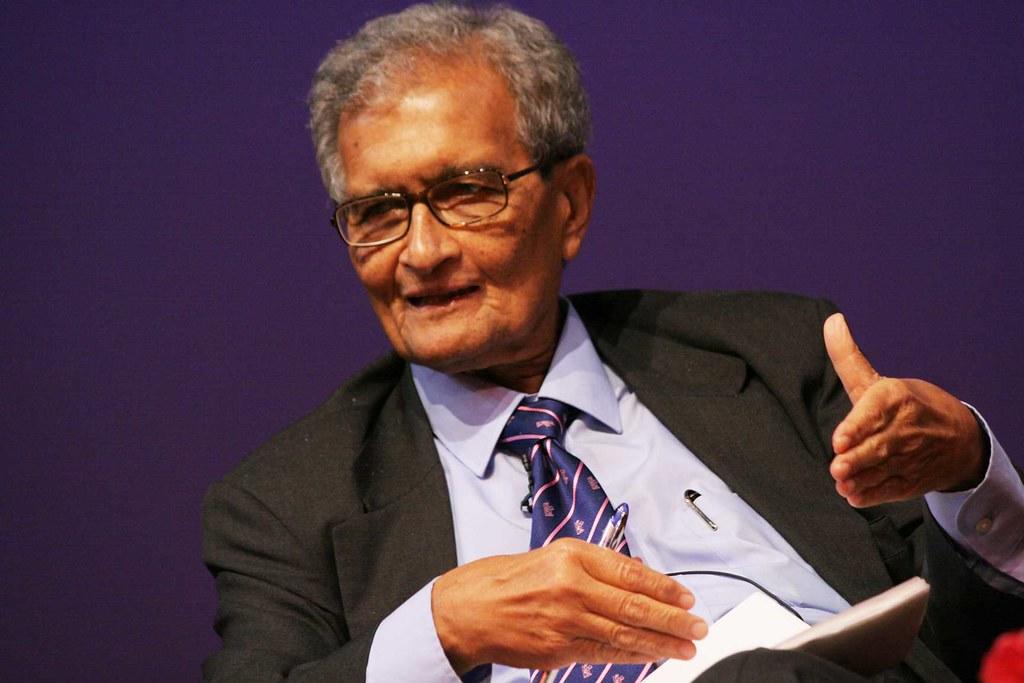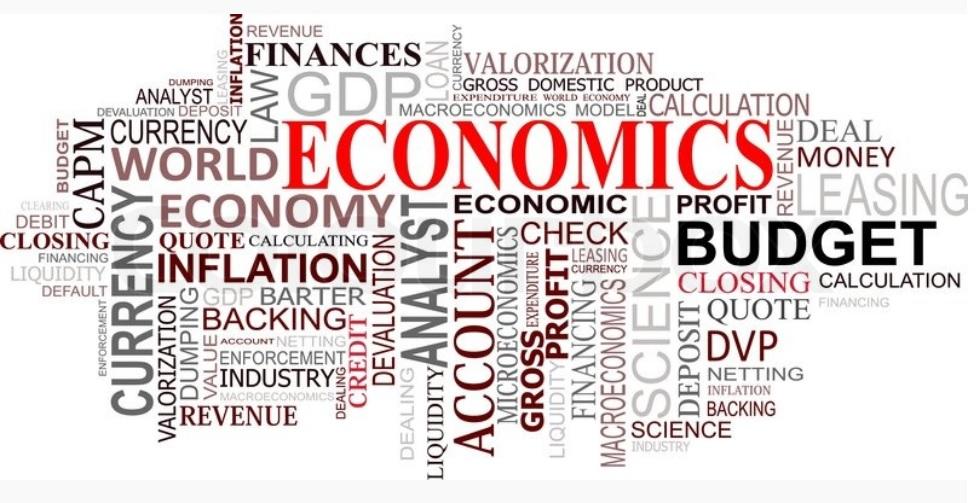Indian economists have profoundly influenced not only the academic world but also policymaking, literature, and popular culture. Their ideas and theories have shaped the nation’s economy, helped navigate financial challenges, and contributed to global economic thought. From laying the foundations of India’s economic policies post-independence to analyzing the scope of the Indian economy in 2024, these economists have left an indelible mark on society. This article delves into the lives of prominent Indian economists, their contributions, and their influence on popular culture.

Famous Economists of India: A Legacy of Impact
Amartya Sen
Amartya Sen, often called the "conscience of economics," is one of the most celebrated Indian economists. Born in West Bengal in 1933, he revolutionized welfare economics and introduced the concept of the Human Development Index (HDI). His groundbreaking book, Development as Freedom, redefined the relationship between economic growth and human welfare.
- Key Contribution: Developed capabilities approach, emphasizing human well-being over economic indicators like GDP.
- Accolades: Nobel Prize in Economic Sciences (1998).
- Popular Influence: Sen’s works have inspired debates on inequality and poverty alleviation worldwide.
Raghuram Rajan
Raghuram Rajan, the former Governor of the Reserve Bank of India (RBI), is a globally renowned economist. Born in 1963, Rajan is celebrated for his bold reforms during his tenure at the RBI, particularly in managing inflation and stabilizing India’s economy during turbulent times.
- Key Contribution: Predicted the 2008 global financial crisis and introduced measures to strengthen India’s banking sector.
- Famous Work: The Third Pillar: How Markets and the State Leave the Community Behind.
- Popular Influence: Rajan’s straight-talking style and insights into the global economy have made him a favorite in public discourse and media.
Raghuram Rajan is often referred to as the "economist who warned the world." In 2005, three years before the global financial crisis, he delivered a paper at the annual Jackson Hole Symposium predicting the instability of the global financial system.
Manmohan Singh
Manmohan Singh, India’s former Prime Minister, is widely regarded as the architect of India's economic liberalization in the early 1990s. His economic reforms ushered in a period of unprecedented growth, transforming India into a global economic powerhouse.
- Key Contribution: Spearheaded India’s liberalization policies, removing license raj and opening up markets.
- Legacy: Known for his integrity and intellect, Singh remains a pivotal figure in India’s economic history.
- Cultural Impact: His policies have been dramatized in films and documentaries focusing on India’s economic journey.
Bibek Debroy
Bibek Debroy is an Indian economist known for his versatility, ranging from economic reforms to translating ancient Indian texts. A member of NITI Aayog, he has contributed extensively to policy reforms in India.
- Key Contribution: Advocated for tax reforms and improved ease of doing business.
- Unique Role: Combines economic expertise with a deep understanding of Indian culture and history.
- Popular Influence: His insights bridge economics and Indian heritage, making his work appealing to a wide audience.

Abhijit Banerjee
Abhijit Banerjee, a Nobel laureate in Economic Sciences (2019), has contributed extensively to developmental economics. His experimental approach to poverty alleviation has changed how policies are crafted to address global inequality.
- Key Contribution: Pioneered randomized controlled trials (RCTs) to measure the impact of policy interventions.
- Famous Work: Poor Economics (co-authored with Esther Duflo).
- Popular Influence: His methods have influenced public policy in education, health, and microfinance across the globe.
Top 10 Economists in India: A Quick Overview
| Economist | Major Contribution | Impact |
|---|---|---|
| Amartya Sen | Human Development Index, Capabilities Approach | Redefined welfare economics. |
| Manmohan Singh | Economic liberalization reforms | Transformed India’s global economy. |
| Raghuram Rajan | Financial crisis predictions, RBI reforms | Strengthened India’s banking system. |
| Abhijit Banerjee | Randomized controlled trials | Improved global poverty policies. |
| Bibek Debroy | Tax reforms, policy advisory | Boosted ease of doing business. |
| Arvind Subramanian | Economic surveys, fiscal policy | Shaped India’s macroeconomic policy. |
| Kaushik Basu | Behavioral economics, policy insights | Advised governments on key issues. |
| C. Rangarajan | Inflation and monetary policy reforms | Stabilized India’s economy. |
| Montek Singh Ahluwalia | Architect of India’s five-year plans | Guided India’s economic planning. |
| N.K. Singh | Fiscal Responsibility and Budget Management Act (FRBM) | Improved fiscal discipline. |
Most Popular Micro and Macro Economic Theories
Economic theories are frameworks that help explain how economies function at both individual (micro) and aggregate (macro) levels. These theories form the backbone of modern economics, providing tools for analyzing decisions, predicting trends, and guiding policies. Here’s an expanded overview of some of the most popular microeconomic and macroeconomic theories:
Microeconomic Theories
Microeconomics focuses on the behavior of individuals, households, and firms in making decisions regarding the allocation of limited resources. Here are some key theories:
1. Supply and Demand
- Explanation: This fundamental theory explains how prices and quantities of goods and services are determined in a market. The law of demand states that as prices decrease, consumers buy more, while the law of supply states that producers supply more as prices increase.
- Real-World Application: Used to understand pricing strategies in industries like retail and e-commerce.
2. Elasticity
- Explanation: Elasticity measures how sensitive demand or supply is to changes in price, income, or other factors. For example, if the price of a product rises and demand drops significantly, it is considered "elastic."
- Real-World Application: Helps businesses and policymakers understand consumer behavior and set taxes or subsidies effectively.
3. Game Theory
- Explanation: Game theory studies strategic interactions where the outcome for one participant depends on the actions of others. It includes concepts like Nash Equilibrium, where no player has an incentive to change their strategy unilaterally.
- Real-World Application: Widely used in competitive industries, negotiations, and policymaking.
4. Marginal Utility Theory
- Explanation: This theory examines how the additional satisfaction (utility) from consuming one more unit of a good diminishes as consumption increases.
- Real-World Application: Guides pricing strategies and consumer choice modeling.
5. Cost-Benefit Analysis
- Explanation: This principle involves comparing the benefits and costs of a decision to determine its feasibility.
- Real-World Application: Used in project management and public policy to allocate resources effectively.
Macroeconomic Theories
Macroeconomics examines the economy as a whole, focusing on aggregate indicators like GDP, inflation, and unemployment. Here are some prominent macroeconomic theories:
1. Keynesian Economics
- Explanation: Proposed by John Maynard Keynes, this theory argues that active government intervention is necessary to manage demand and stabilize economies during recessions.
- Key Tenet: Governments can boost economic activity through fiscal policies such as increased public spending or tax cuts.
- Real-World Application: Heavily relied on during the Great Depression and modern financial crises to stimulate economies.
2. Monetarism
- Explanation: Championed by Milton Friedman, monetarism emphasizes the role of money supply in controlling inflation and ensuring economic stability.
- Key Tenet: Central banks should regulate the money supply rather than rely on government spending.
- Real-World Application: Central banks like the U.S. Federal Reserve adopt monetarist principles in managing inflation.
3. Classical Economics
- Explanation: Rooted in Adam Smith’s The Wealth of Nations, this theory asserts that markets function best without government interference, guided by the “invisible hand.”
- Key Tenet: Free markets naturally achieve equilibrium through competition.
- Real-World Application: Forms the basis of free-market policies in capitalist economies.
4. Endogenous Growth Theory
- Explanation: This theory highlights how investments in human capital, innovation, and knowledge drive long-term economic growth.
- Key Tenet: Unlike earlier growth models, it emphasizes the role of policy and innovation within the economy.
- Real-World Application: Encourages governments to invest in education, technology, and R&D to foster sustainable growth.
5. Supply-Side Economics
- Explanation: Advocates that reducing taxes and regulatory barriers for businesses boosts production, leading to economic growth.
- Key Tenet: Growth trickles down as businesses invest more and create jobs.
- Real-World Application: Popularized during the Reagan administration, it remains a controversial yet influential economic policy.
6. Rational Expectations Theory
- Explanation: Suggests that individuals make decisions based on all available information, including their expectations for the future.
- Key Tenet: People’s rational behavior reduces the effectiveness of economic policies unless expectations are managed.
- Real-World Application: Used to understand why some monetary policies fail to impact inflation or unemployment as predicted.
Amartya Sen was nicknamed "The Argumentative Indian" not just for his famous book but for his childhood curiosity. At the age of 10, he was already challenging his teachers on economic theories. This early passion laid the groundwork for his revolutionary Capabilities Approach.

Is India on the Verge of an Economic Crisis?
India, one of the fastest-growing major economies in the world, has witnessed remarkable economic progress over the last few decades. However, recent challenges have sparked concerns about whether the country could be heading toward an economic crisis. Factors like rising inflation, unemployment, and fiscal deficits are testing the resilience of the Indian economy, raising important questions about its stability and future growth prospects.
Current Challenges
- High Inflation: India has been grappling with persistent inflation in food and energy prices. This reduces household purchasing power and increases the cost of living for millions of Indians. While monetary policies aim to curb inflation, supply chain disruptions and global uncertainties often undermine their effectiveness.
- Unemployment: Despite India’s demographic advantage of a young and growing workforce, job creation has not kept pace with population growth. Industries like manufacturing, which were expected to absorb large numbers of workers, have underperformed due to factors such as slow investment and automation.
- Fiscal Deficit: India’s fiscal deficit, where government spending exceeds revenue, remains a significant concern. While borrowing helps fund infrastructure and social programs, excessive deficits can lead to higher debt and reduced fiscal flexibility in managing economic shocks.
- Global Challenges: External factors, including geopolitical tensions, global inflation, and trade uncertainties, have added to India’s economic woes. These challenges strain exports, disrupt supply chains, and increase the cost of imports, particularly energy.
Optimistic Outlook
Despite these challenges, the scope of the Indian economy in 2024 remains promising due to:
- Technological Growth: India’s booming tech industry, led by advancements in IT and digital services, continues to drive innovation and attract foreign investment. The rise of startups in fintech, health tech, and edtech showcases the country’s entrepreneurial spirit.
- Policy Initiatives: Government programs like Make in India and Production-Linked Incentive (PLI) Schemes aim to boost manufacturing and exports. Investments in infrastructure and digitalization are expected to create jobs and strengthen economic fundamentals.
- Consumer Market Potential: With a population exceeding 1.4 billion, India’s domestic market offers immense growth opportunities for industries ranging from consumer goods to healthcare.
- Green Economy Transition: India’s push toward renewable energy and sustainability positions it as a key player in the global green economy, which could drive long-term economic growth.
While India faces hurdles, proactive reforms and robust policies can steer the country away from potential crises and toward sustainable growth.

Comprehensive List of Top 10 Economics Books You Must Read!
Here are ten must-read books to deepen your understanding of economics. These books cater to readers at all levels, offering insights into economics from various perspectives.
- Principles of Economics by N. Gregory Mankiw: A foundational text for economics beginners.
- Basic Economics by Thomas Sowell: A jargon-free guide to economic principles.
- Poor Economics by Abhijit V. Banerjee and Esther Duflo: Insights into global poverty and policy interventions.
- The Wealth of Nations by Adam Smith: A classic work introducing free-market economics.
- Good Economics for Hard Times by Abhijit V. Banerjee and Esther Duflo: Tackles pressing economic challenges with evidence-based solutions.
- Doughnut Economics by Kate Raworth: Rethinks economic goals for sustainability.
- Freakonomics by Steven Levitt and Stephen Dubner: A fun exploration of hidden economic forces.
- The General Theory of Employment, Interest, and Money by John Maynard Keynes: A seminal work on macroeconomics.
- Capital in the Twenty-First Century by Thomas Piketty: Examines wealth inequality and its impacts.
- The Undercover Economist by Tim Harford: A witty look at economic principles in everyday life.
Celebrating the Legacy of Indian Economists
The contributions of Indian economists extend far beyond academic discourse, influencing policymaking, social justice, and popular culture. From the welfare economics of Amartya Sen to the financial acumen of Raghuram Rajan, these luminaries have shaped India’s economic landscape while addressing global challenges. Their ideas and reforms resonate in today’s world, proving the enduring relevance of their work.
As the scope of the Indian economy in 2024 continues to evolve, the legacies of these economists remind us of the importance of informed policies and innovative solutions. By exploring their contributions and understanding the principles of economics, we gain the tools to navigate and contribute to a rapidly changing world.
























